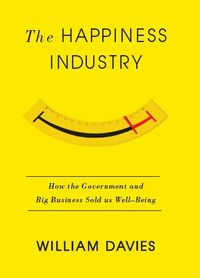The 19thTriennial Congress of the International Ergonomics Association (IEA 2015) is currently running in Melbourne Australia with 900 delegates, of which 600 are from outside Australia. It offers a fascinating (online) library of ergonomic and occupational health and safety (OHS) research. Below is a sample of the research on offer picked, largely, at random.
It seems unnecessary to state that ergonomics is an essential part of the knowledge base of safety and production but ergonomics still seems to be a “dark art” to many. This is acknowledged by many in the sector and is summarised well by Ruurd N. Pikaar

 As the Australian Government analyses the
As the Australian Government analyses the